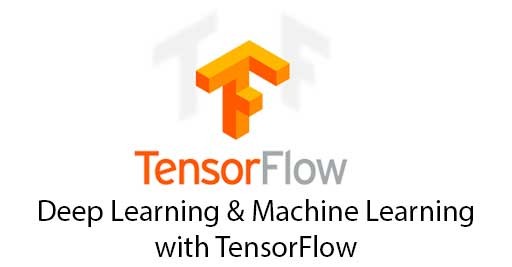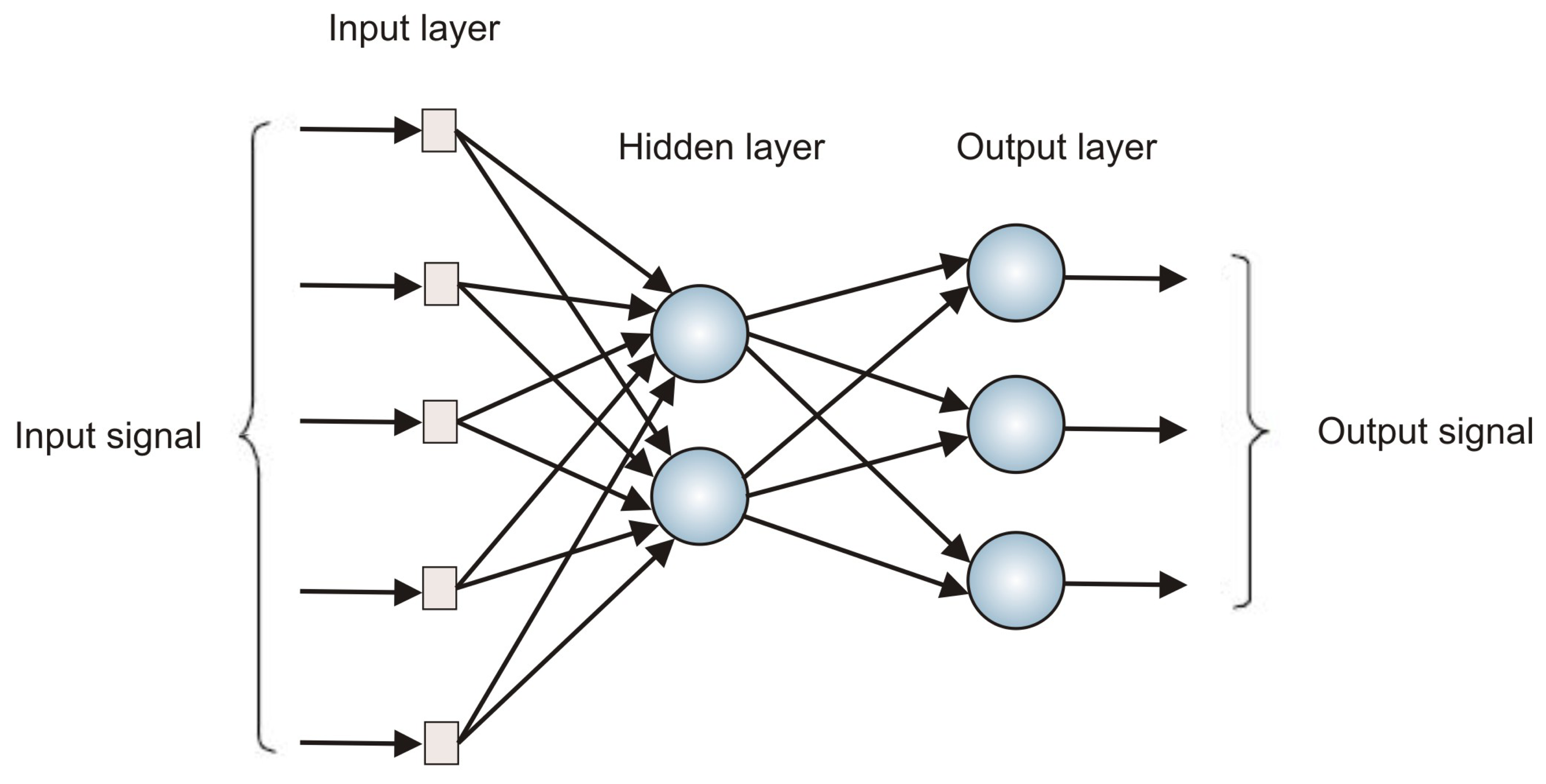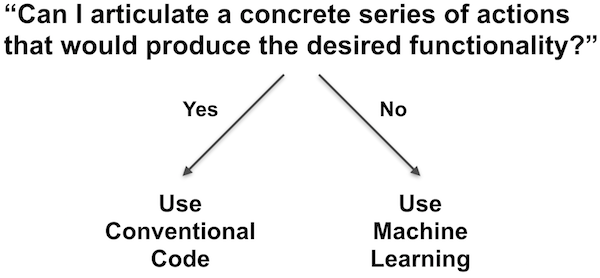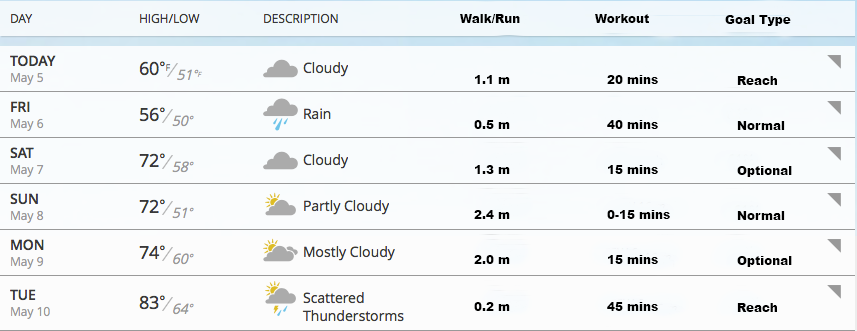
A few weeks ago I got started with Tensorflow and covered Tensors and operations. This week I’m going to continue to cover the basic building blocks of Tensorflow and then go over an interactive example that incorporates these elements.
Tensors – These are basically shaped collections of numbers. They can be multi-dimensional (array of arrays) or a single value. Tensors are all immutable which means they cant be changed once created and require manual disposal to avoid memory leaks in your application.
// 2x3 Tensor
const shape = [2, 3]; // 2 rows, 3 columns
const a = tf.tensor([1.0, 2.0, 3.0, 10.0, 20.0, 30.0], shape);
a.print(); // print Tensor values
// Output: [[1 , 2 , 3 ],
// [10, 20, 30]]
const c = tf.tensor2d([[1.0, 2.0, 3.0], [10.0, 20.0, 30.0]]);
c.print();
// Output: [[1 , 2 , 3 ],
// [10, 20, 30]]
Operations – An operation is just a mathematical function that can be used on a tensor. These include multiplication, addition, and subtraction.
const d = tf.tensor2d([[1.0, 2.0], [3.0, 4.0]]);
const d_squared = d.square();
d_squared.print();
// Output: [[1, 4 ],
// [9, 16]]
Models & Layers – A model is a function that performs some set of operations on tensors to produce a desired output. These can be constructed using plain operations but there are also a lot of built in models with Tensorflow,js that rely on established learning and statistical methods.
// Define function
function predict(input) {
// y = a * x ^ 2 + b * x + c
// More on tf.tidy in the next section
return tf.tidy(() => {
const x = tf.scalar(input);
const ax2 = a.mul(x.square());
const bx = b.mul(x);
const y = ax2.add(bx).add(c);
return y;
});
}
// Define constants: y = 2x^2 + 4x + 8
const a = tf.scalar(2);
const b = tf.scalar(4);
const c = tf.scalar(8);
// Predict output for input of 2
const result = predict(2);
result.print() // Output: 24
Memory Management – Tensorflow.js uses the GPU on your computer to handle most of the operations which means that typical garbage collection isn’t available. Tensorflow therefore includes the tidy and dispose methods that allow you to dump unused tensors out of memory
// tf.tidy takes a function to tidy up after
const average = tf.tidy(() => {
// tf.tidy will clean up all the GPU memory used by tensors inside
// this function, other than the tensor that is returned.
//
// Even in a short sequence of operations like the one below, a number
// of intermediate tensors get created. So it is a good practice to
// put your math ops in a tidy!
const y = tf.tensor1d([1.0, 2.0, 3.0, 4.0]);
const z = tf.ones([4]);
return y.sub(z).square().mean();
});
average.print() // Output: 3.5







